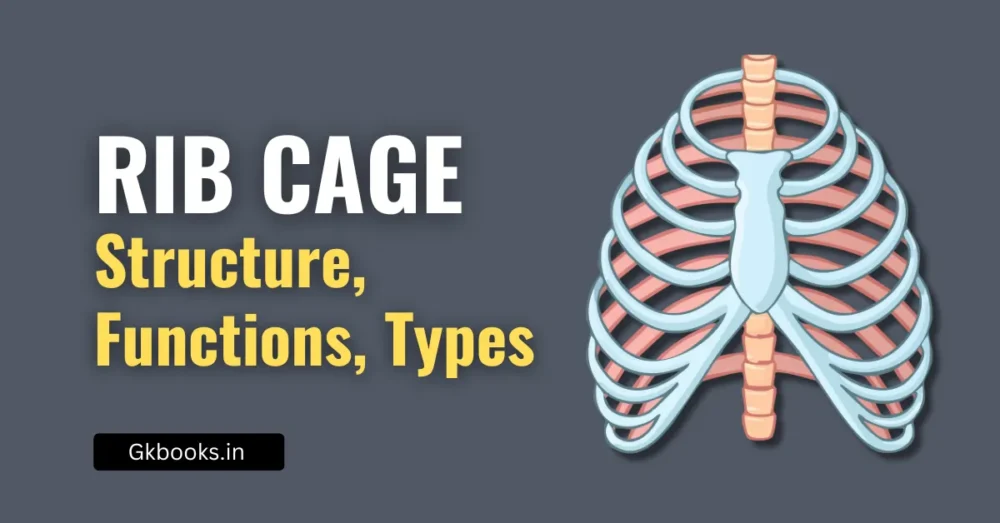Have you ever seen roots grow downward and shoots grow upward, no matter how you plant the seed?
That’s because plants follow something very special called Geotropism!
Let’s explore this amazing topic in a simple and exam-friendly way.
What is Geotropism?
Geotropism (also called Gravitropism) is a type of plant movement that happens in response to gravity.
- “Geo” means Earth (or gravity)
- “Tropism” means movement or growth towards or away from something
🟩 So, Geotropism is how plants grow in response to gravity.
Types of Geotropism
There are two main types:
| Type | Direction of Growth | Example |
|---|---|---|
| Positive Geotropism | Towards the direction of gravity | Roots growing downward |
| Negative Geotropism | Away from gravity | Stems/shoots growing upward |
🟨 Remember:
- Roots = Positive geotropism
- Shoots = Negative geotropism
Why Do Plants Show Geotropism?
Plants don’t have brains, but they respond smartly to their environment.
🔹 Roots grow downward to find water and minerals in the soil.
🔹 Shoots grow upward to reach sunlight for making food by photosynthesis.
This helps the plant survive and grow well.
How Do Plants Detect Gravity?
Plants use a special plant hormone called auxin.
Auxins control the direction of growth.
🔸 In roots, more auxin slows down growth, so the upper side grows faster and the root bends downward.
🔸 In shoots, more auxin speeds up growth, so the lower side grows faster and the shoot bends upward.
🟨 This smart use of auxins leads to Geotropism!
Diagram of Geotropism (Simple Explanation)
Imagine you place a plant pot horizontally.
- 🌱 Shoot still tries to grow upward
- 🌱 Root still tries to grow downward
This shows that gravity guides plant parts, no matter how you place them!
Examples of Geotropism
Let’s look at some easy examples:
- Germinating seed:
🔹 Roots go down (positive geotropism)
🔹 Shoots go up (negative geotropism) - Potato tuber buried in soil:
🔹 Sprouts (shoots) move upward
🔹 Roots grow downward
Why is Geotropism Important?
Geotropism helps plants:
◾ Stay firmly rooted in the soil
◾ Reach sunlight for photosynthesis
◾ Find nutrients and water in deeper soil
◾ Grow in the right direction, even in darkness
🟢 It’s nature’s GPS for plants!
Similar Plant Movements (Comparison Table)
| Tropism Type | Stimulus | Example |
|---|---|---|
| Geotropism | Gravity | Roots growing downward |
| Phototropism | Light | Plant bending toward sunlight |
| Hydrotropism | Water | Roots growing toward water |
| Thigmotropism | Touch | Tendrils curling around sticks |
Key Points to Remember (For Exams)
🔸 Geotropism = Growth in response to gravity
🔸 Roots = Positive geotropism
🔸 Shoots = Negative geotropism
🔸 Controlled by Auxin hormone
🔸 Helps plants grow in the right direction
🔸 Important for water, nutrients, sunlight and anchorage
📝 Tip for MCQs:
“Which plant part shows positive geotropism?”
✅ Answer: Roots
Easy Mnemonic to Remember
“Root goes to the ground, shoot goes to the sky!”
🌱 Roots love gravity ➝ Positive Geotropism
🌿 Shoots hate gravity ➝ Negative Geotropism
Fun Fact Box
- NASA scientists study geotropism in space, where there is no gravity.
- Geotropism is also called gravitropism because gravity is the force involved.
Practice Questions
- What is geotropism?
- Which hormone is responsible for geotropism?
- What kind of geotropism is shown by plant shoots?
- Why do roots show positive geotropism?
✅ Try writing the answers in your notebook to remember better!
Conclusion
🌱 Nature is a great teacher, and plants are silent but smart learners.
Just like them, you too can grow in the right direction—with the right guidance, hard work, and consistency!
Keep learning with curiosity. Remember: Every small topic is a step closer to success in your exams. ✨
To stay updated with the latest GK and Current Affairs infographics, follow our official Instagram and Facebook page and prepare for exams easily.







